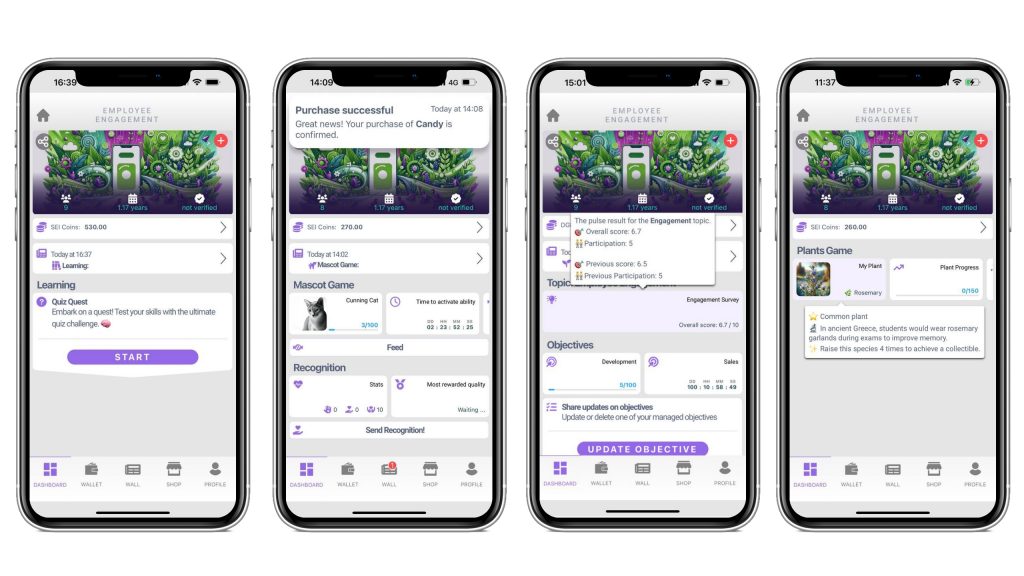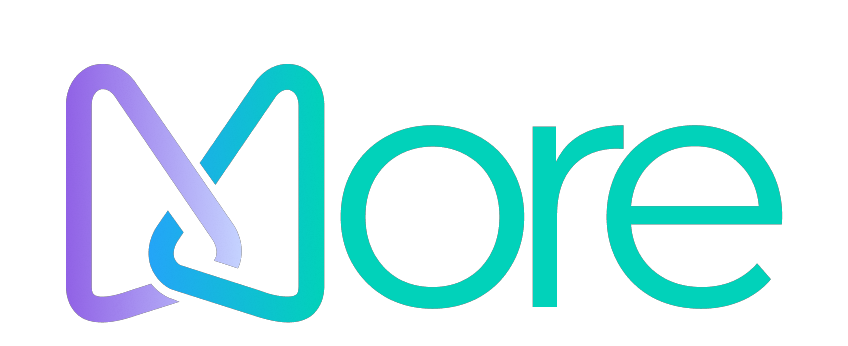The Employee Retention Problem No One Talks About
Employee retention is a critical issue for businesses today. High turnover rates are not only disruptive but also extremely costly. According to the Society for Human Resource Management (SHRM), the average cost of replacing an employee can be up to 50-60% of their annual salary. For more specialized or senior roles, this cost can rise to 100-150%.
The Hidden Costs of Poor Employee Retention
- Financial Impact: The direct costs of recruiting, hiring, and training new employees are substantial. Additionally, there are indirect costs such as lost productivity, decreased morale, and the impact on customer satisfaction.
- Data Insight: A study by the Center for American Progress found that the cost to replace a highly-trained employee can exceed 200% of their annual salary (Leoforce).
- Knowledge Drain: When employees leave, they take valuable knowledge and experience with them. This loss can hinder project continuity and innovation.
- Data Insight: Research from the Harvard Business Review indicates that losing an employee can result in the loss of up to 70% of their knowledge, skills, and relationships that are crucial to the job (Prevue HR).
- Decreased Employee Morale: High turnover rates can lead to decreased morale among remaining employees, who may feel overburdened and less engaged.
- Data Insight: Gallup reports that only 15% of employees worldwide are engaged in their jobs, and high turnover rates can exacerbate disengagement (Leoforce).
- Customer Impact: Frequent employee turnover can negatively affect customer relationships and satisfaction, as customers prefer dealing with familiar, knowledgeable staff.
- Data Insight: A study by Bain & Company found that increasing customer retention rates by 5% increases profits by 25% to 95% (ATS & Recruiting Software).
The Need for a Solution
Given these challenges, it’s clear that businesses need innovative strategies to improve employee retention. One powerful solution is gamification—an approach that can transform the employee experience and significantly reduce turnover.
How Gamification Can Revolutionize Employee Retention
Gamification involves incorporating game elements into non-game contexts to make processes more engaging and effective. Here’s how gamification can be the game-changer for your employee retention strategy:
- Engaging Onboarding Processes: Use gamification to create interactive and engaging onboarding experiences. This can help new employees feel welcomed and integrated from day one.
- Example: Companies like LinkedIn use gamified onboarding processes to help new hires understand their roles and company culture, which improves their engagement and reduces early turnover.
- Continuous Learning and Development: Implement gamified training programs that keep employees motivated to learn and grow within the company. This can lead to higher job satisfaction and loyalty.
- Example: Deloitte uses gamified learning platforms to provide continuous training and development opportunities, leading to improved employee engagement and retention.
- Recognition and Rewards: Gamification can help create a culture of recognition by rewarding employees for their achievements and contributions. This fosters a sense of belonging and appreciation.
- Example: Microsoft uses gamification to recognize and reward employees for completing training modules and achieving performance targets, which has improved overall job satisfaction.
- Performance Tracking and Feedback: Use gamified platforms to provide real-time feedback and track employee performance. This helps employees stay aligned with company goals and feel more connected to their progress.
- Example: Salesforce uses gamification to provide employees with real-time feedback and performance metrics, which has enhanced employee motivation and performance.
- Building Community and Collaboration: Facilitate team-building activities and collaborative challenges through gamification. This can strengthen relationships and improve teamwork, leading to a more cohesive and supportive work environment.
- Example: SAP uses gamified team challenges to foster collaboration and build a strong community among employees, which has helped improve retention rates.
More Gamification: Your Partner for Employee Retention
As we move into 2024, leveraging innovative tools and strategies is essential for effective employee retention. More Gamification offers a robust app designed to transform your employee experience, making it more engaging and impactful. Here’s how More can help:
- Interactive Retention Modules: More provides gamified retention modules that make the employee experience enjoyable and effective. Employees can earn points, badges, and rewards for their achievements, enhancing their motivation and satisfaction.
- Real-Time Tracking and Feedback: The app includes real-time tracking of performance and feedback features. Employees can monitor their progress, set goals, and receive immediate feedback, helping them stay motivated and aligned with company objectives.
- Recognition and Rewards: More’s gamification system recognizes and rewards employees for their milestones. This continuous recognition fosters a positive work environment and encourages employees to strive for excellence.
- Community Building: More facilitates social interactions and teamwork through collaborative challenges and competitions. Building a sense of community and belonging can significantly improve employee morale and retention.

By partnering with More Gamification, companies can create a seamless and engaging retention experience that not only keeps employees but also accelerates their development and performance. Embrace the power of gamification in 2024 and see the transformative impact it can have on your organization.
Try it out for Free here: Try for Free
Conclusion
Gamification is a powerful tool that can transform employee retention strategies. By making the employee experience more engaging, providing continuous learning opportunities, and fostering a culture of recognition, companies can significantly reduce turnover and boost overall performance. Embrace gamification in 2024 and watch your retention rates soar.


